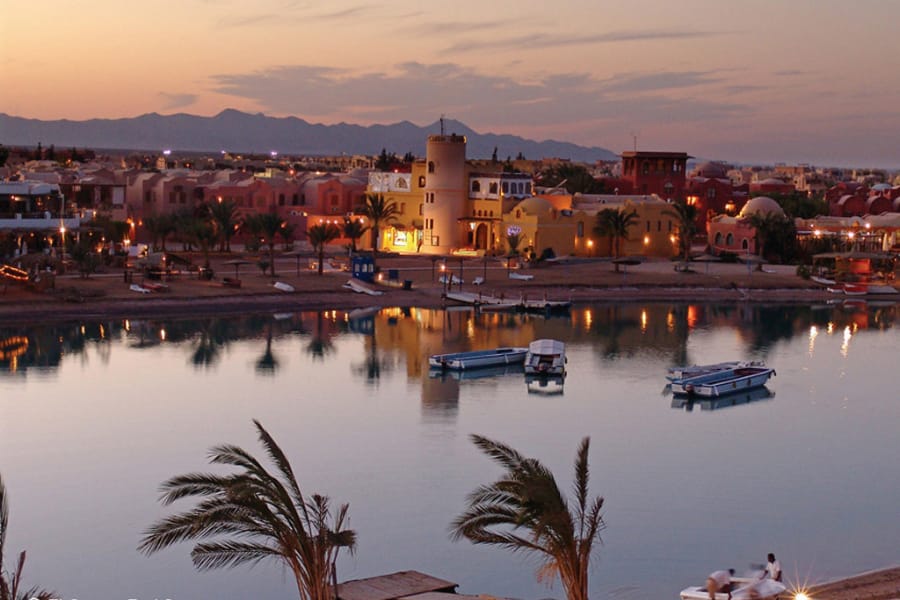The Egyptian Amun God – Origins, Epithets & Legacy of Amun-Ra
The Egyptian Amun God – Origins, Epithets & Amun-Ra
Amun God (often written Amun, Amon, Ammon) is the ancient Egyptian “Hidden One,” a creator deity of air and vital force whose cult flourished in Thebes. Rising to prominence as Amun-Ra, he became “King of the Gods,” shaping religion, politics, and royal legitimacy across the New Kingdom.
This guide covers Amun’s origins and family (Theban Triad), names and epithets, attributes and iconography, the rise of Amun Egyptian god, to Amun-Ra, the Opet Festival, Karnak Temple, and his enduring legacy—plus quick facts and FAQs.
Who Was Amun? Origins of the Ancient Egyptian God
Amun means “The Hidden One.” Initially a local Theban deity associated with air and unseen power, Amun rose dramatically in status from the Middle Kingdom and especially in the New Kingdom, when his priesthood and royal patrons elevated him as universal creator and patron of kings.
As ancient Egyptian god Amun merged with the solar deity Ra, the composite Amun-Ra embodied both hidden essence and visible sun—creation, renewal, and divine kingship.
Family of Amun God: The Theban Triad
In Thebes, the Ancient Egyptian god Amun forms the celebrated triad with his consort Mut and their son Khonsu (moon/time). A related tradition remembers Amunet as a primeval consort. The triad’s close bond appears in festivals, scenes, and temple precincts across Thebes.
- Mut – consort of Amun (and Amun-Ra), revered as Theban mother goddess.
- Khonsu – lunar god, son of Amun and Mut.
- Amunet – “Hidden (feminine)” companion in early/primeval contexts.
Names, Titles & Epithets of Amun God
Amun Ra Egyptian God, carries many epithets that reveal his scope and mystery—creator, protector, listener, and lord of kingship.
- King of the Gods (sovereign over the pantheon)
- Hidden of Name / Rich in Names (Amun Asha Renu)
- He Who Comes at the Voice of the Poor (divine patron of the humble)
- Lord of All (universal creative force)
- Amun of the Road (protector of travelers and traders)
Syncretic names and forms include: Amun-Ra, Amun-Min, and Amun-Kamutef (“bull of his mother,” a fertility/creation epithet).
Attributes & Roles of Amun God
- Invisible life force/god of air and vital breath
- Creator of the universe; ba (soul) of all things
- Protector of kings; guarantor of victory and justice
- Guardian of travelers, traders, and mariners (“Amun of the Road”)
- Universal reach: unseen yet felt everywhere—hence “Hidden One”
Depictions & Iconography
Double-Plumed Crown
Amun Egyptian god, commonly appears as a bearded man wearing a tall, double-plumed crown; he may wear a feathered tunic and short kilt. Skin tones range from blue (primeval/creative power) to red in later depictions.
Ram & Composite Forms
He can appear as a ram-headed man, ram-headed sphinx, ram-headed serpent, or even a primeval goose—each highlighting creation, fertility, and protection.
Amun-Ra: From Thebes to “King of the Gods”
As Thebes rose to power, Amun’s temple estate and priesthood expanded. Syncretized with Ra, amun ra egyptian god embodied hidden essence and visible sun, legitimizing kingship and empire. Pharaohs credited victories and prosperity to Amun-Ra’s favor.
Amun as a Universal God
Beyond Egypt, God Amun was identified with foreign high gods: the Greeks saw amun egyptian god as Zeus Ammon, and Romans as Jupiter Ammon. His oracles and ram-horn icon became hallmarks of universal authority.
Within Egypt, syncretism produced Amun-Min (fertility/procreative force) and strengthened the theology of ancient egyptian god Amun as the hidden source of creation.
Oracle of Zeus Ammon at Siwa Oasis
One of the most famous cultic extensions of Amun God was the oracle at Siwa Oasis in Egypt’s Western Desert. Known to the Greeks as the Oracle of Zeus Ammon, it became a major center of prophecy and divine consultation.
Pharaohs and foreign rulers, including Alexander the Great, traveled to Siwa to seek validation of their divine right to rule. The oracle’s ram-horn imagery and prophetic power spread the prestige of amun egyptian god, across the Mediterranean world.
Politics, Diplomacy & the Akhenaten Interlude
Pharaohs sought Amun’s blessing to validate their rule and campaigns. In a dramatic break, Akhenaten suppressed Amun’s cult in favor of Aten, but after his death, Amun’s worship and institutions were restored, stronger than before.
Amun’s priesthood, estates, and oracles anchored both religion and statecraft, shaping international diplomacy and royal propaganda.
The Feast of Opet
Opet celebrated Amun, Mut, and Khonsu with grand processions between Karnak Temple and Luxor Temple. Divine barks carried their statues as priests, and crowds renewed cosmic order and royal power.
The festival affirmed the bond of the Theban Triad and the king’s legitimacy under amun ra egyptian god.
Karnak: Main Center of Amun
The vast Karnak complex at Thebes was the principal seat of Amun-Re in the New Kingdom—one of the largest religious precincts on earth, with additional precincts for Mut and Montu.
Quick Facts about Amun God
- Name & meaning: Amun (“The Hidden One,” unseen creative force)
- Forms: man with double-plumed crown; ram-headed forms; primeval goose
- Family: Theban Triad—Amun, Mut, Khonsu (plus Amunet tradition)
- Syncretism: Amun-Ra, Amun-Min; Greek Zeus Ammon, Roman Jupiter Ammon
- Centers: Thebes—especially Karnak Temple; Opet Festival with Luxor Temple
Conclusion
From “Hidden One” to Amun-Ra—Amun God united unseen breath with solar power, crowned as “King of the Gods,” and anchored the religious and political life of ancient Egypt. His legacy endures in temples, festivals, and the very idea of divine kingship.
See Amun’s Legacy on Tour
Explore Karnak and Luxor with expert Egyptologists, and witness scenes of the Theban Triad on site:
FAQ – Amun God
Is Amun the same as Amun-Ra?
Amun is the “Hidden One”; when syncretized with Ra (the sun), the composite Amun-Ra represents hidden essence plus solar power—creation and kingship united.
Who is in the Theban Triad?
Amun, his consort Mut, and their son Khonsu. Amunet appears as a primeval companion in early traditions.
Where was Amun mainly worshipped?
At Thebes, especially the Karnak Temple complex, with major festival processions to Luxor Temple during Opet.
How was Amun depicted?
As a bearded man with a tall double-plumed crown, also ram-headed forms, serpent-ram, and primeval goose, signaling creation, fertility, and protection.









